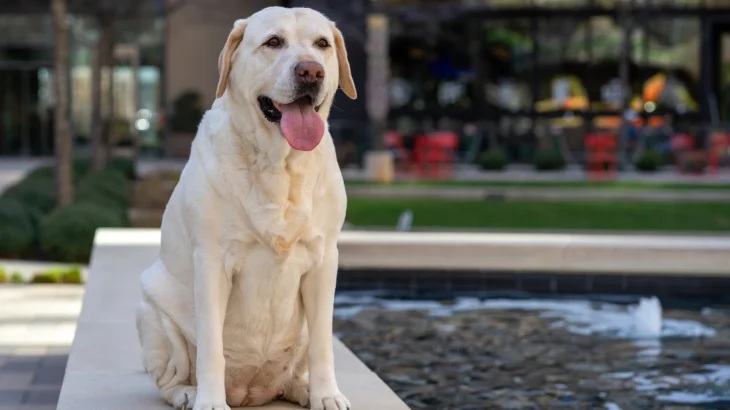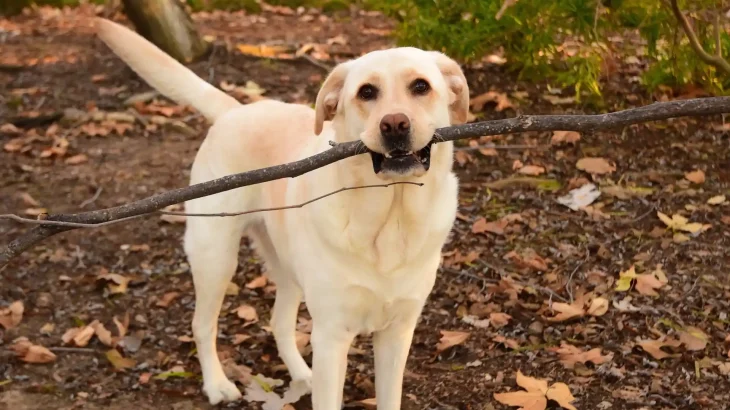Deciding whether to adopt or purchase a Labrador Retriever puppy depends on your priorities around cost, health details, and ethics. Adopting gives a dog a second chance, often at a lower fee and with support from rescue groups. Buying from a reputable breeder offers detailed health and pedigree records, helping predict your puppy's background.
Here's a quick look at pros and cons:
| Criteria | Buying from Breeder | Adopting from Shelter/Rescue |
|---|---|---|
| Cost | Generally higher, $1,000-$3,000 due to breeding expenses. | Lower adoption fees, usually covering vaccinations and spay/neuter. |
| Health History | Detailed health and genetic screening info. | Health info may be limited but basic veterinary checks done. |
| Age Availability | Mostly puppies, allowing early bonding. | Wider age range, including adults. |
| Temperament Insight | Breeders provide behavior info based on lineage. | Staff offer behavior reports after intake observations. |
| Supporting Practices | Supports responsible breeding if breeder is ethical. | Supports animal welfare and reduces pet overpopulation. |
| Ethical Considerations | Risk of puppy mills if breeder not vetted; choose responsibly. | Gives a dog a loving home and helps reduce shelter numbers. |




















































